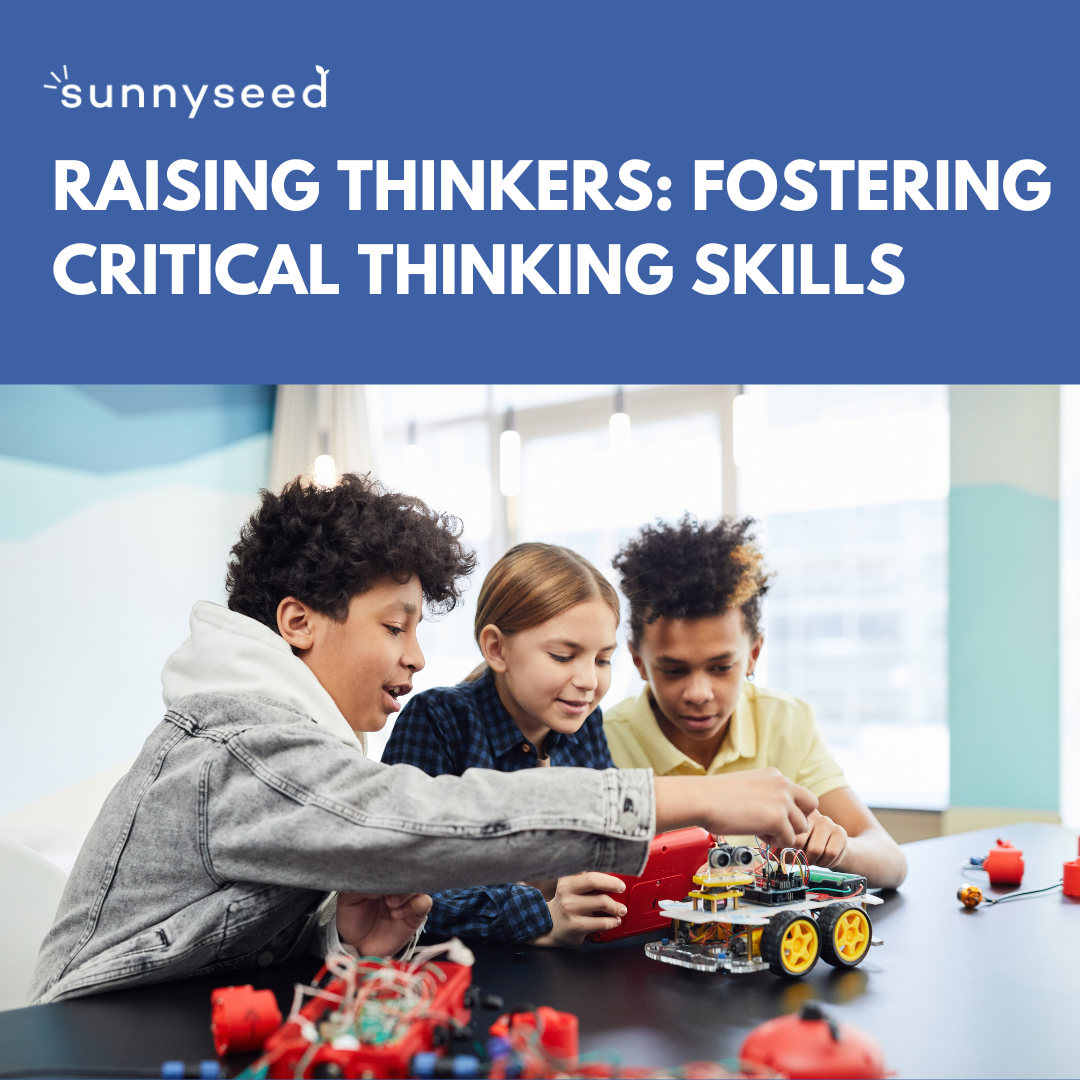Discovering Your Child's Type of Play
Did you know that play is critical to a child’s emotional, social, physical, and cognitive development? It should be a primary focus of a child’s day, especially during the first foundational years (0-5) when 88% of brain development occurs.
Understanding what types of play your child most enjoys can help you incorporate activities in their day that are optimal for their needs.
In this blog, we’re going to cover the 6 types of play you may notice in the younger years and give examples of how to facilitate them with your child!
Unoccupied play
This is the type of play you see with newborns and babies. The child will move their body with (seemingly) no real purpose. Unoccupied play is a baby’s way of exploring the world around them - they make certain movements simply because it feels interesting!
Independent or solitary play
Independent play is just what it sounds like - the child plays alone! This type of play is important for childhood development, but requires the right environment. You can learn all about independent play in my ebook!
Onlooker play
Onlooking is when a child observes other children playing, but does not engage themselves. This helps them take in and learn about their environment.
Parallel play
Parallel play is when a child plays beside, but not with, other children around them. This allows children to discover the importance/lesson of taking turns, and builds awareness of what others are doing around them.
Associative play
In associative play, the child plays with other children, but the kids do not organize their play to reach a common goal.
Cooperative play
Cooperative play, on the other hand, is organized into reaching a common goal. Children build their skills in teamwork, interacting, socializing, and communicating during this type of play.
RECOMMENDED TOYS
While almost any toy can be used for a particular form of play, here are a few recommendations and ideas for activities that support the different types!
Unoccupied - household items
Independent - drawing, reading alone, open-ended toys with no right or wrong way to play (play kitchen, trains, art, Magnatiles, etc).
Onlooker - show your child activities that you like to do, take your kid to a park or outdoor play area to watch other children
Parallel - art, playdough, building toys
Associative - play kitchen, dress up, baby dolls, Legos, trains, building toys, outdoor play
Cooperative - soccer, swing set, almost any toy/activity!
You can check out a roundup of my favorite toy and game recommendations here!
A note about activities
If you’ve been following me on Instagram, then you know how much we enjoy hands-on activities. They are fun opportunities for developing specific skills, new languages, and connecting together. Very often these activities turn into solo-tasks, which is great for developing attention and giving me a short break to do really exciting things like unload the dishwasher or prep dinner (rolling eyes), but I don’t consider this to be the kind of creative, free, self-guided play I believe every child needs and deserves.
Can you still offer activities? Absolutely! Just remember, the majority of a child’s play, especially at home, should be free play and self-directed.
After we’ve explored a new activity, I often leave it on their play shelves so they can repeat the activity and build mastery IF and WHEN they desire.
Hopefully this blog has given you a better understanding of how children interact with their world through play, and how you can better facilitate the type of play your child needs.





